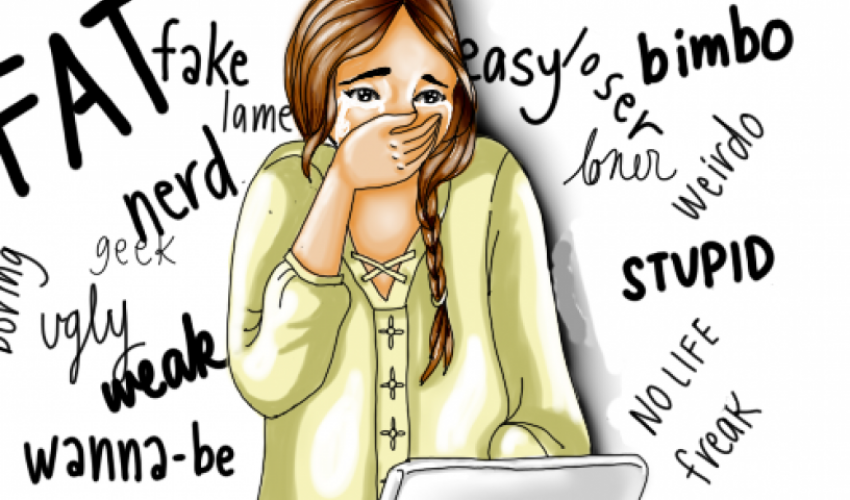
Cyberbullying is the act of harming or harassing via information technology networks in a repeated and deliberate manner.
With the increased use of communication technology, cyberbullying has become increasingly common, especially among teenagers.
Cyberbullying is bullying that takes place using electronic technology. Electronic technology includes devices and equipment such as cell phones, computers, and tablets as well as communication tools including social media sites, text messages, chat, and websites.
Examples of cyberbullying include mean text messages or emails, rumors sent by email or posted on social networking sites, and embarrassing pictures, videos, websites, or fake profiles
Cyberstalking
The practice of cyberbullying is not limited to children and, while the behavior is identified by the same definition when practiced by adults, the distinction in age groups sometimes refers to the abuse as cyberstalking or cyberharassment when perpetrated by adults toward adults.
Common tactics used by cyberstalkers are performed in public forums, social media or online information sites and are intended to threaten a victim's earnings, employment, reputation, or safety. Behaviors may include encouraging others to harass the victim and trying to affect a victim's online participation. Many cyberstalkers try to damage the reputation of their victim and turn other people against them.
-
Nearly 43% of kids have been bullied online. 1 in 4 has had it happen more than once.
-
70% of students report seeing frequent bullying online. Filling up your friends' Facebook feeds with positive posts instead of negative ones can boost school-wide morale. Start a Facebook page for students to submit positive acts they see in school to promote a culture of positivity on and offline. Sign up for Positivity Page.
-
Over 80% of teens use a cell phone regularly, making it the most common medium for cyber bullying.
-
68% of teens agree that cyber bullying is a serious problem.
-
81% of young people think bullying online is easier to get away with than bullying in person.
-
90% of teens who have seen social-media bullying say they have ignored it. 84% have seen others tell cyber bullies to stop.
More alarming is that...
-
Only 1 in 10 victims will inform a parent or trusted adult of their abuse.
-
Girls are about twice as likely as boys to be victims and perpetrators of cyber bullying.
-
About 58% of kids admit someone has said mean or hurtful things to them online. More than 4 out 10 say it has happened more than once.
-
Bullying victims are 2 to 9 times more likely to consider committing suicide.
-
About 75% of students admit they have visited a website bashing another student
There are laws that only address online harassment of children or focus on child predators as well as laws that protect adult cyberstalking victims, or victims of any age. Currently, there are 45 cyberstalking (and related) laws on the books.
While some sites specialize in laws that protect victims age 18 and under. The Global Cyber Law Database (GCLD) aims to become the most comprehensive and authoritative source of cyber laws for all countries
Please be extremely vigilant and careful for cyberstalkers or bullies are most times non traceable and impacts affects our emotion in a great way
Stay safe!
- Log in to post comments





